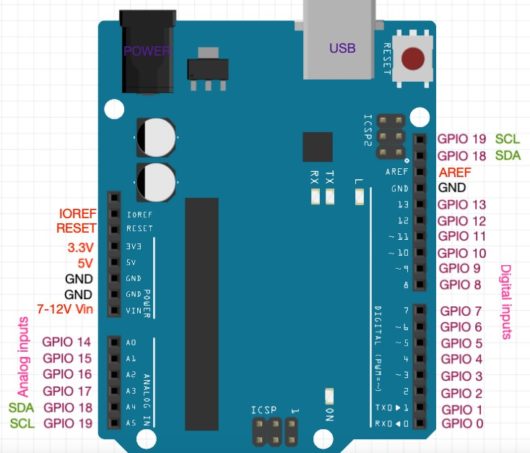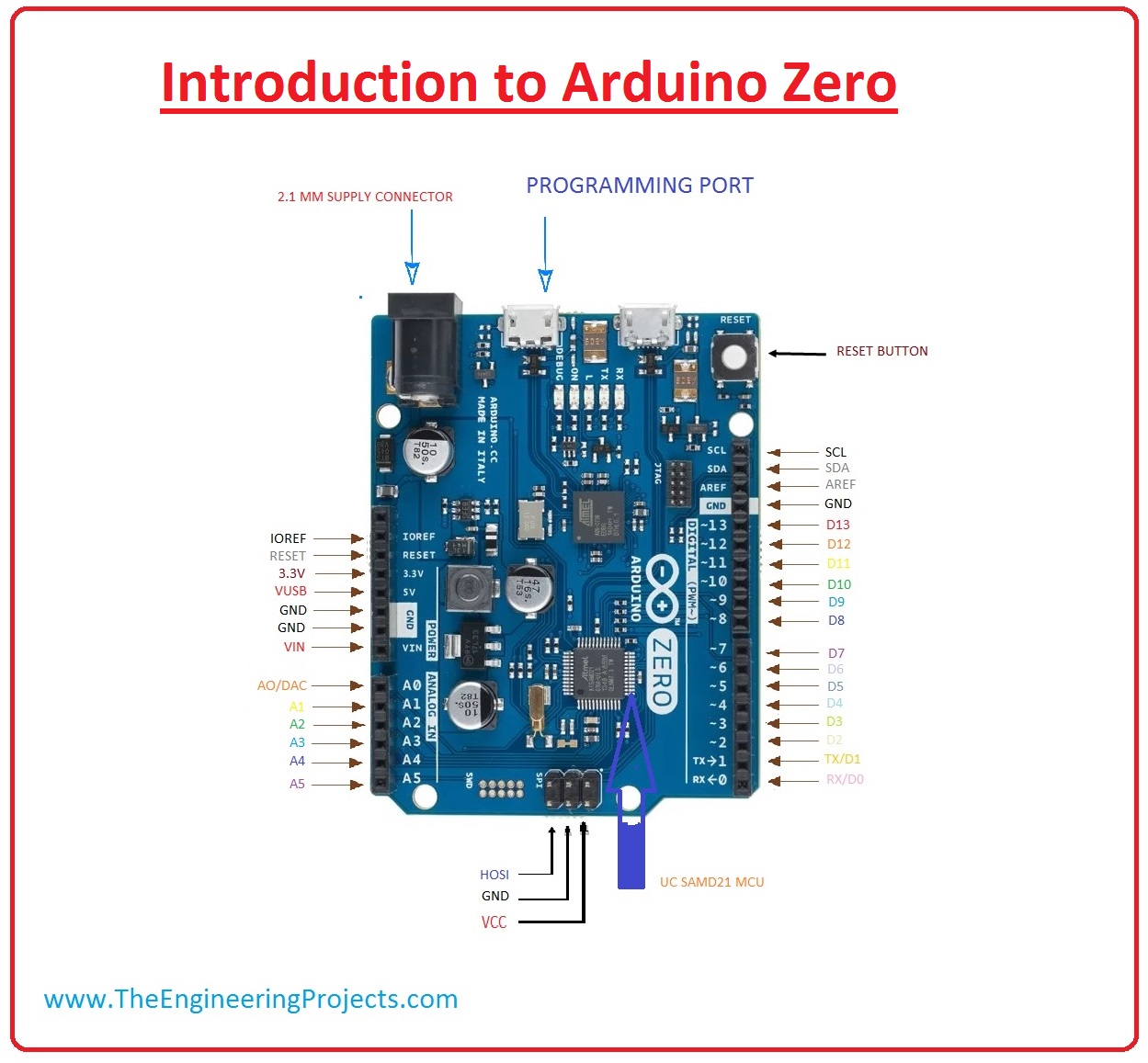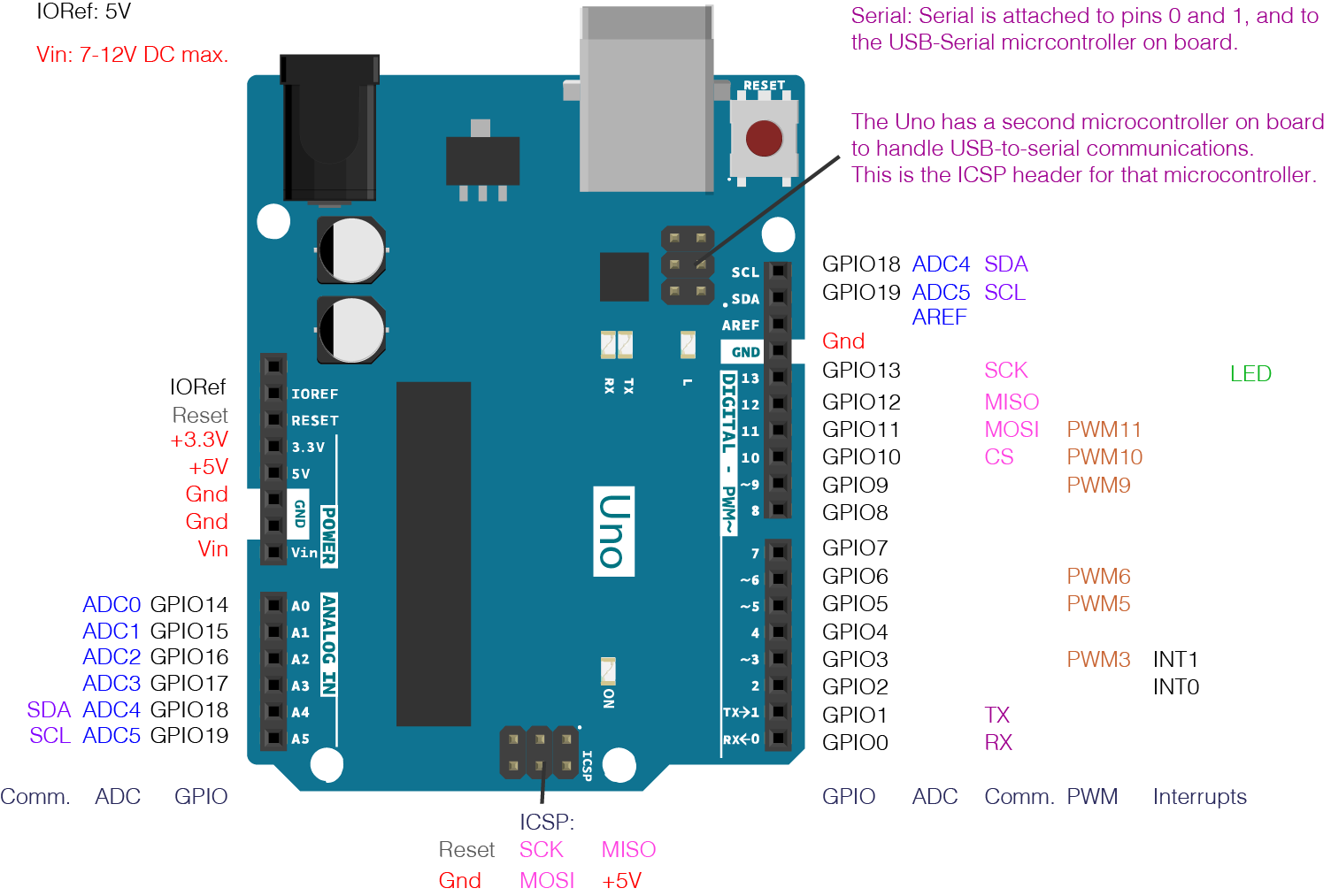


In these cases, you can provide an external clock signal to the board through one of the pins on the board. This can be useful in situations where you need to synchronize multiple Arduino boards or need to use a different clock frequency.

It’s worth noting that some Arduino boards, such as the Arduino Uno, have an option to bypass the on-board crystal oscillator and use an external clock signal instead. This high frequency allows the Arduino to execute instructions quickly and accurately. The crystal oscillator on the Arduino board is typically a 16MHz crystal, which means it vibrates 16 million times per second. This frequency is used as a reference for the clock signal on the Arduino board. When a voltage is applied to the crystal, it vibrates at a very precise frequency, which is determined by its size and shape. The crystal oscillator consists of a quartz crystal that is cut and polished to a precise size and shape. The Arduino board has an on-board crystal oscillator that is used to generate a stable and accurate clock signal for the microcontroller on the board. If you want to use the USB port for data transfer only, you may need to use a USB-to-serial converter or an external USB hub.Ī crystal oscillator is a component that provides precise timing signals to an Arduino board. While it can transfer data to and from the board, its primary function is to provide power. It’s important to note that the power USB on the Arduino board is not meant to be used as a data transfer port alone.

However, if your project requires more power than what the USB port can provide, you may need to use an external power supply. The power provided by the USB port on the Arduino board is usually limited to 500mA, which is enough to power most simple Arduino projects. When you connect the board to your computer via the USB cable, the USB port provides power to the board, allowing you to run your Arduino projects without an external power source. The Arduino board typically has a USB port which is used for programming and powering the board. The external view of Arduino UNO R3 is shown below. I would appreciate your support in this way! Arduino Uno Onboard Components: I may make a commission if you buy the components through these links. Digital input/output pins (0-13th pins).In this article, I will explain the following topic in detail Let’s dive in and discover the secrets that the Arduino board holds! While some boards may have a slightly different outlook from the one exhibited below, it is worth noting that the majority of Arduinos share the same fundamental components. Its widespread usage and unrivaled performance make it the perfect board to kickstart your quest for knowledge in electronics and coding. Our focus shall be on the illustrious Arduino UNO board, which stands out as the darling of the Arduino board family. Prepare yourself for an exciting chapter ahead, where we shall embark on a journey to uncover the various components that make up the magnificent Arduino board.
Uno pinout software#
It is made up of a hardware board and a software development environment, which can be used to create a wide variety of devices, from simple LED light displays to complex robots and Internet of Things (IoT) projects. Arduino is an open-source electronics platform that is used to create interactive and programmable electronic projects.


 0 kommentar(er)
0 kommentar(er)
